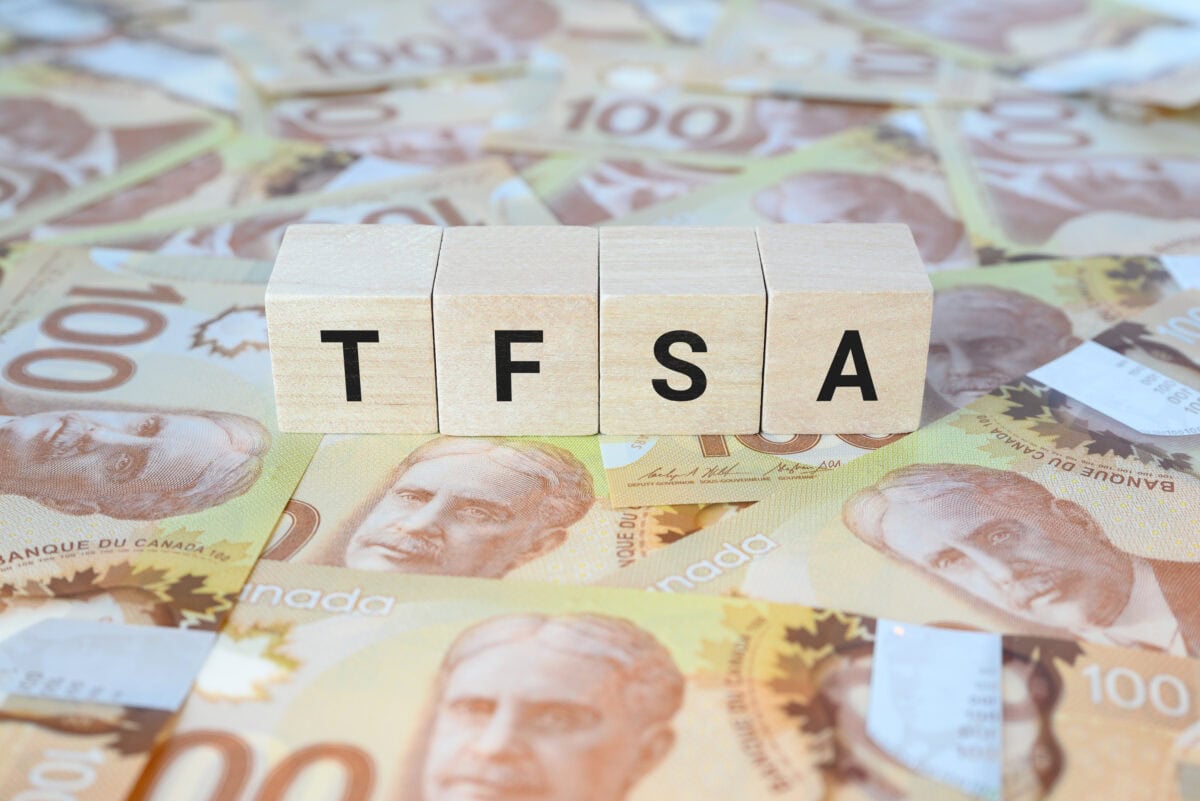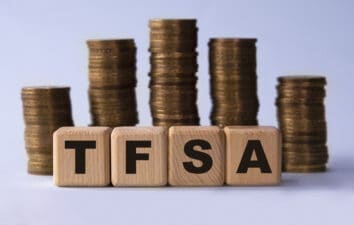Are you a Canadian wondering how much money you need to retire?
The answer to that question partially depends on where your money is held. Money held in Tax-Free Savings Accounts (TFSAs) is taxed less than money in taxable accounts and can be withdrawn tax-free, unlike Registered Retirement Savings Plans (RRSPs). For this reason, you may need less money to retire if it’s all in a TFSA. In this article, I explore the question of how much money you need in your TFSA to retire, ultimately concluding that your mileage may vary.
How much Canadians need to retire: Estimates
Financial advisors generally estimate that the average Canadian needs about $750,000 to retire comfortably. $750,000 invested at a 3% interest rate produces $22,500 worth of dividend/interest income per year, which, when combined with the Canada Pension Plan (CPP) and Old Age Security (OAS), might just be enough to retire on in some Canadian cities.
If all of your savings are in a TFSA, you need less savings to retire than the average Canadian, whose wealth is spread across taxable accounts, RRSPs, and TFSAs. Take the $22,500 in dividend income mentioned above. For a Canadian with a 33% marginal tax rate, that income turns into $16,911 after subtracting a $5,589 tax. The tax ends up being a little less than 33% due to the dividend tax credit.
Assuming that this $16,911 plus CPP and OAS is all a single Canadian needs to live off in retirement, then the income goal can be achieved for less than $750,000 in a TFSA. TFSA assets are not taxed, so to “clear” $16,911 in a TFSA requires just $563,700 in savings. That’s a lot less than the $750,000 required to achieve the same income in a taxable account at a 33% marginal tax rate.
Are these estimates reliable?
So far, I’ve explored a common estimate of how much money a single Canadian needs to retire and how much income that money produces in a taxable account and a TFSA. This is enough to show that the TFSA tax shelter can help you achieve your retirement goals with less money than you’d otherwise need. However, it’s worth scrutinizing the $750,000 estimate I started this article with. Is it actually enough to retire on?
Realistically, the $22,500 in income earned from a $750,000 portfolio that yields 3% is inadequate for many Canadians to retire on. The after-tax amount for a typical Canadian with a 33% marginal tax rate does not even cover rent in Toronto. If you get $16,911 per year in after-tax dividend income, $1,800 per month in CPP, and $800 in OAS, then you get an after-tax amount of $37,815 per year. This might be enough to make ends meet if your home is paid off. However, it assumes that you delay taking CPP until age 70 and earn the maximum pensionable amount for most of your career. This is a rather unusual set of circumstances. Realistically, you’ll want more than $750,000 in a taxable account or $563,700 in a TFSA to retire comfortably.
Making more with less
The examples above show that you can’t really retire comfortably with $750,000 (or $563,700 in a TFSA) if your annual dividends are 3%. That’s about what’s been available on Guaranteed Investment Certificates on average over the last five years. However, it’s possible to get higher returns with stocks.
Take BMO Canadian Dividend ETF (TSX:ZDV), for example. It’s a Canadian dividend fund that has a 3.9% dividend yield. If you have a $563,700 TFSA balance, then a 3.9% dividend yield produces about $22,000 in tax-free income. That plus CPP and OAS could be enough to retire on. Now, of course, funds like ZDV charge management fees. In this case, the specific fee is 0.39% per year. That will eat into your returns somewhat. However, when you combine dividends and some periodic cashing out of capital gains, the prospect of retiring with $563,700 invested in ZDV starts to appear quite doable.
| COMPANY | RECENT PRICE | NUMBER OF SHARES | DIVIDEND | TOTAL PAYOUT | FREQUENCY |
| ZDV | $22.61 | 24,944 | $0.0735/month | $22,000/year | monthly |








